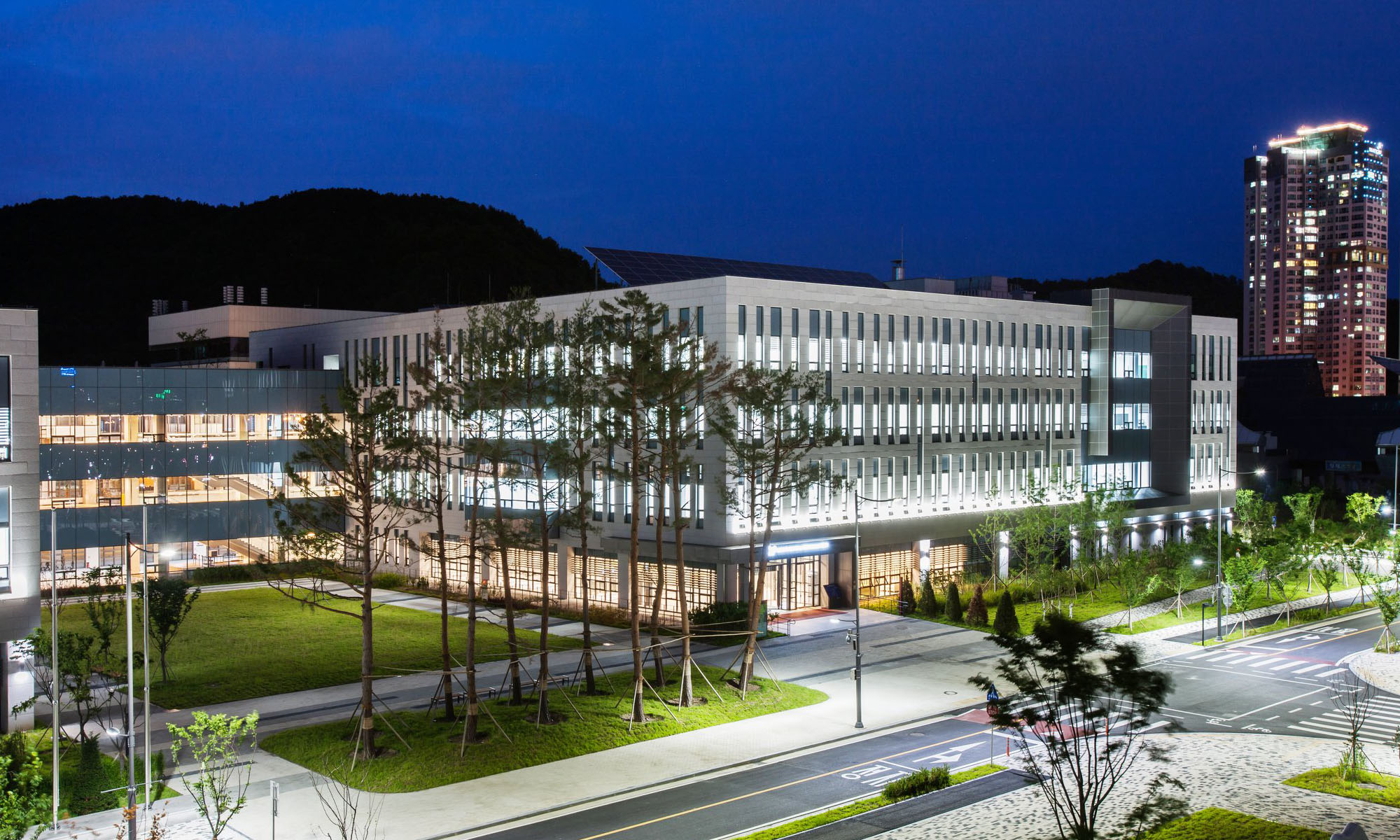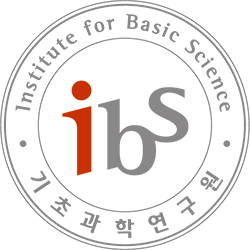Fast and accurate predictions for complex physical dynamics are a big challenge across various applications. Real-time prediction on resource-constrained hardware is even more crucial in the real-world problems. The deep operator network (DeepONet) has recently been proposed as a framework for learning nonlinear mappings between function spaces. However, the DeepONet requires many parameters and has …
Seminar
Calendar of Events
|
Sunday
|
Monday
|
Tuesday
|
Wednesday
|
Thursday
|
Friday
|
Saturday
|
|---|---|---|---|---|---|---|
|
0 events,
|
1 event,
-
|
0 events,
|
0 events,
|
0 events,
|
0 events,
|
0 events,
|
|
0 events,
|
0 events,
|
0 events,
|
0 events,
|
0 events,
|
2 events,
-

Abstract: We will present a new approach to develop a data-driven, learning-based framework for predicting outcomes of biophysical systems and for discovering hidden mechanisms and pathways from noisy data. We will introduce a deep learning approach based on neural networks (NNs) and on generative adversarial networks (GANs). Unlike other approaches that rely on big data, …
-
We will discuss about “The ups and downs of biological oscillators: A comparison of time-delayed negative feedback mechanisms”,Rombouts, Jan, Sarah Verplaetse, and Lendert Gelens., bioRxiv (2023) Abstract Many biochemical oscillators are driven by the periodic rise and fall of protein concentrations or activities. A negative feedback loop underlies such oscillations. The feedback can act on … |
0 events,
|
|
0 events,
|
0 events,
|
0 events,
|
0 events,
|
0 events,
|
1 event,
-
We will discuss about “Comparison of transformations for single-cell RNA-seq data”,Ahlmann-Eltze, Constantin, and Wolfgang Huber, Nature Methods (2023): 1-8. Abstract The count table, a numeric matrix of genes × cells, is the basic input data structure in the analysis of single-cell RNA-sequencing data. A common preprocessing step is to adjust the counts for variable sampling efficiency and … |
0 events,
|
|
0 events,
|
0 events,
|
0 events,
|
0 events,
|
0 events,
|
1 event,
-
We will discuss about “Improving gene regulatory network inference and assessment: The importance of using network structure”, Escorcia-Rodríguez, Juan M., et al., bioRxiv (2023): 2023-01. Abstract Gene regulatory networks are graph models representing cellular transcription events. Networks are far from complete due to time and resource consumption for experimental validation and curation of the interactions. Previous … |
0 events,
|
|
0 events,
|
0 events,
|
0 events,
|
0 events,
|
0 events,
|
1 event,
-

Abstract: The well-known two-process model of sleep regulation makes accurate predictions of sleep timing and duration, as well as neurobehavioral performance, for a variety of acute sleep deprivation and nap sleep scenarios, but it fails to predict the effects of chronic sleep restriction on neurobehavioral performance. The two-process model belongs to a broader class of … |
0 events,
|
|
0 events,
|
1 event,
-
High accuracy of major biological processes relies on the ability of the participating enzymatic molecules to preferentially select the correct substrate from a pool of chemically similar substrates by activating the so-called proofreading mechanisms. While the importance of such mechanisms is widely accepted, it is still unclear how evolution has optimized biological systems with respect … |
0 events,
|
0 events,
|
1 event,
-
Collective cell movement is critical to the emergent properties of many multicellular systems including microbial self-organization in biofilms, wound healing, and cancer metastasis. However, even the best-studied systems lack a complete picture of how diverse physical and chemical cues act upon individual cells to ensure coordinated multicellular behavior. Myxococcus xanthus is a model bacteria famous … |
0 events,
|
0 events,
|

